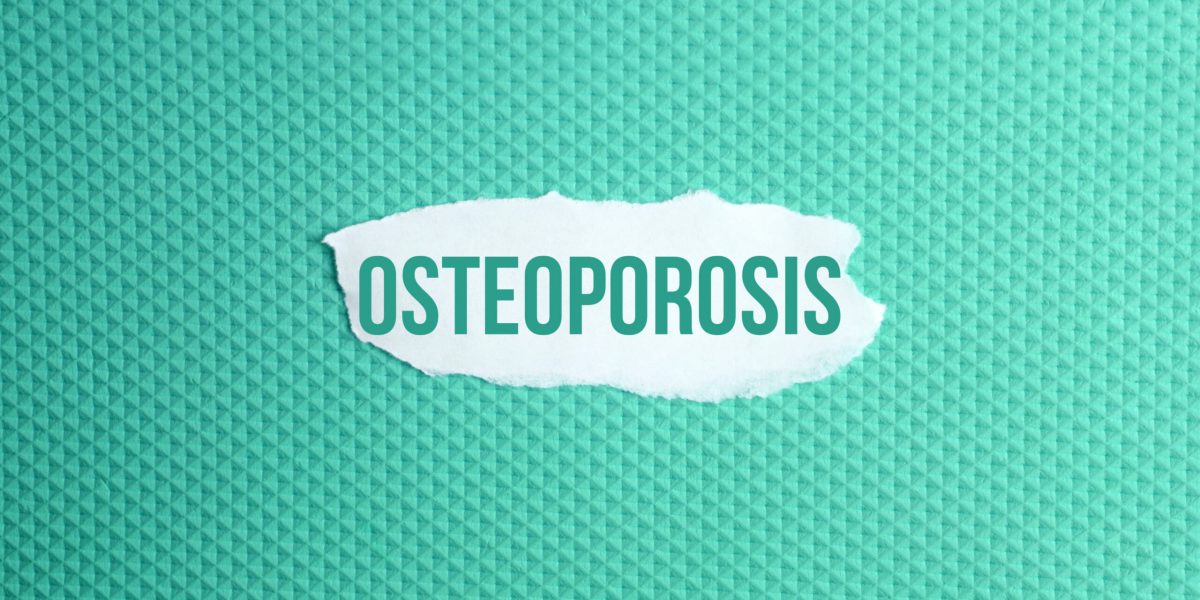Bone health is one of those things that start to decline with age. After the age of 50, the risk of osteoporosis begins to increase significantly. Fragile bones can lead to fractures, ultimately affecting mobility and can contribute to disability. Some people find that there’s a positive relation between hormone replacement therapy and osteoporosis. Let’s take a look at what this condition is, the risk factors, and whether hormone therapy may be a good choice for osteoporosis.
What is Osteoporosis?
Osteoporosis is generally considered an age-related condition. It’s a systemic condition that affects the bones. In particular, people with osteoporosis experience a gradual decline in bone mass. Deterioration of bone tissue also happens, which makes a person more likely to experience bone fractures.
It’s important to understand that bones are living, growing tissue. They consist primarily collagen proteins, but certain minerals helps to harden the structure of bones. There’s a particular focus on calcium phosphate here, in the form of hydroxyapatite. During childhood, bone density quickly increases. This happens during adolescence as well. Bone density usually reaches a peak by the age of 30.
Risk Factors of Osteoporosis
About 37 million fractured linked to fragility occurs in people over 55 every year. The IOF explains that this means every minute, about 70 fractures happen. Women are more likely to develop osteoporosis. In fact, about 33% of women over 50 experience fractures due to this condition. This is a significantly higher number compared to men, where about 20% suffer from osteoporosis fractures.
People who have a family history of osteoporosis are also more likely to experience this loss of bone.
Other factors that can contribute to bone loss are a sedentary lifestyle, use of tobacco, an excessive use of tobacco, low calcium intake, and a history of eating disorders. However, simple aging is the major culprit causing bone loss in all groups and can affect both men and women. It’s impossible to stop the aging process, but it’s not impossible to slow down aging’s toll on the body.
Types of Hormone Replacement Therapy for Osteoporosis
There are different kinds of hormone replacement therapies that may help with osteoporosis. It’s important to first consider whether the therapy is targeting a man or a woman.
For postmenopausal women who have an intact uterus, a combination of estrogen and progesterone are often used. The added progesterone helps to provide protection for the lining of the uterus. In women who does not have a uterus, estrogen therapy is often used.
In men, the target hormone is generally testosterone. Low levels of T can cause complications in men, including adverse effects on bone health. Thus, hormone replacement therapy in this case would focus on returning testosterone levels to baseline.
Hormone Therapy and Osteoporosis: What are the Benefits?
Hormone therapy has been proven to slow and prevent bone loss and help reduce fractures in post-menopausal women. Taking estrogen can even help rebuild bone that has been lost.
The relationship between hormone replacement therapy and osteoporosis is complex. However, it has been shown to offer certain benefits.
The advantages of these therapies do not exclude men. Some studies also show improvements in bone health among men with hypogonadism who undergoes hormone therapy.
Risks of Hormone Replacement Therapy for Osteoporosis
There are risks associated with HRT. These risks depend on your independent health history and family history, when you started HRT, what type of hormones you are taking and their respective dosage, and how long you have been taking hormones.
Because of the many risk factors to consider, it is easy to see why you need to be under a doctor’s care and guidance before you start on the path of HRT for osteoporosis. A good medical practitioner will continually evaluate the risks vs the benefits for you as a patient on an individual basis.
Tips to Prevent Osteoporosis and Protect Bonses
There are good health habits to follow that will also help protect your bones. Weight-bearing exercises and physical activity help strengthen bones and reduce the chance of bone fractures. Look for activities that improve your balance and posture. The more you stay active and fit as you age, the less likely you are to fall and break a bone. Good nutrition is important. Eat a healthy diet that includes plenty of calcium and vitamin D. Vitamin D and calcium may be prescribed or recommended by your medical practitioner. Quit any tobacco products and drink alcohol in moderation.
How can Androgenix help?
Androgenix specializes in helping patients understand their hormonal balance and how this may affect their overall health. Our staff can help you get the right tests to determine if hormone replacement therapy might be a good choice for you.
Contact us if you want to learn about our personalized solutions.
